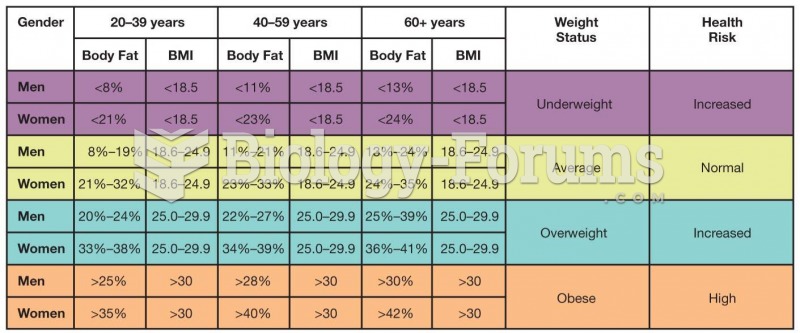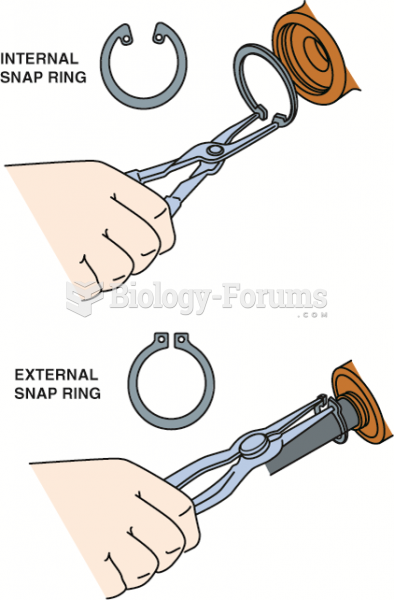Answer to Question 1
At the mental health center, a young man will begin what is called motivational interviewing. What can this man expect during the session that will follow?
Answer to Question 2
A good deal of research into the etiology of drug abuse and addiction focuses on the brain's reward systems. Older models of drug addiction looked at the effects of tolerance and withdrawal, but more recent research suggests that drugs that have the potential to contribute to addiction all share the property of directly or indirectly facilitating the firing of the brain's reward centers. One primary circuit in this pathway is the medial forebrain bundle, which connects the ventral tegmental area to the nucleus accumbens. Connections from these structures to the frontal and prefrontal cortex as well as areas of the limbic system, such as the amygdala, also moderate the influence of reward. For many years, scientists have known electrical stimulation of the medial forebrain bundle can serve as a powerful source of positive reinforcement for animals. Now they know that addictive drugs injected into the mesolimbic dopamine pathway also act as powerful positive reinforcers. Different drugs produce these rewarding effects in different ways. Amphetamines, for example, block the reuptake of dopamine in the reward circuits which causes an increase in the firing of reward messages. Measures of brain concentrations of dopamine increase in the medial prefrontal cortex and the limbic system after ingesting cocaine. Alcohol, on the other hand, does fire these same reward systems, but much more indirectly. Its main effect is on the neurotransmitter GABA. Alcohol seems to eventually reduce the activity of GABA, which would normally inhibit the firing of pleasure systems. Some theorists associate alcoholism with exaggerated activation of the endogenous opioid system in response to alcohol consumption. Studies have suggested that blocking opioid receptors reduces an animal's interest in alcohol. Overall there is considerable empirical and clinical evidence that points to a central role of the brain's pleasure circuits in the creation of the craving that is the hallmark of current models of drug addiction.







